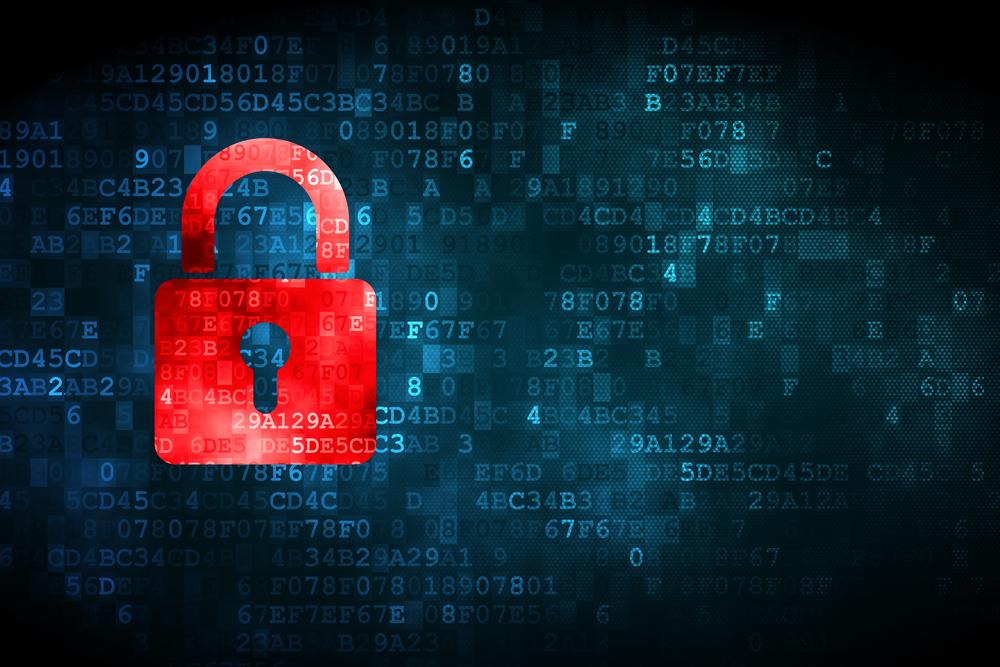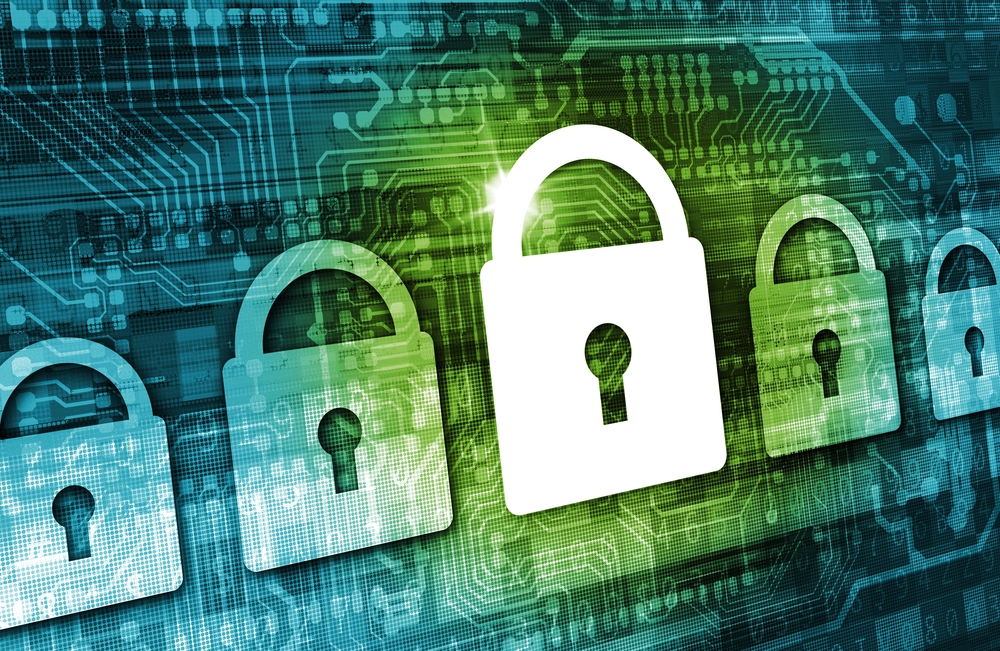Security in the Age of Digitisation
With an increase in the adoption of technology, the graph that charts cybercrimes has been seeing an upward curve

Banks and other financial service businesses have begun to embrace fintech services to secure their operations -- cloud security, network security, firewalls, employing digital identities, fingerprint scanners, secure applications, and the like. However, according to recent reports, 20-25 per cent of current jobs in the banking, financial services, and insurance (BFSI) industry will be facing an existential peril by the year 2022. This threat is the outcome of a shift in technology adoption, which is seeing an increase in the use of robotic process automation (chatbots) to boost efficiency and productivity in day-to-day methods. While this made life more convenient for users, it also paved the way for more cyber threats.
Cyber Threats:
Cyber threats are threats aimed at getting access to a company's digital environment to negatively harm the company or its employees.
Roots of Cybersecurity Threats:
Corporate spies: Corporate spies are one cause of danger. The larger the firm, the more likely competitors or researchers will seek to figure out how it's being done. Stealing data for their use or selling it to the highest bidder would be their primary motive.
Hackers/Cyber Criminals: Cybercriminals, more commonly known as hackers, are those who attempt to breach security measures to gain access to a digital environment. Hackers can enter the digital environment for almost any cause or reason and disrupt the system all by themselves.
Common Cyber Threats:
Malware/Spyware: Malware is a software program that is widely used to gain access to a system or network. Companies employ a variety of digital platforms for various objectives. Hackers in turn can create malware to infect one platform and then spread that virus to another, a practice known as cross-platform malware infection.
Phishing attacks: This is one of the most common techniques used to steal user data. A phishing attack deceives an end-user by collecting credentials by email, text message, and several other means. Phishing occurs when an email link appears to be from a reputable site and requests your login details.
Data security: With new technological advances, companies are dealing with large volumes of user data, including personal information, contact information, financial information, etc. Hackers tend to target such companies to access multiple user data at the same time. The protection of this data and information remains one of the most difficult privacy and cybersecurity concerns for fintech companies.
In the developing global economy, BFSI security is a critical requirement. According to a recent analysis, the worldwide BFSI security industry is estimated to generate $71 billion in revenue during the forecast year. BFSI is an essential component of national infrastructure systems and acts as the foundation for numerous financial transactions that take place in many industries. As a result, maximum protection against all forms of online and offline theft is required.
Red Team & Blue Team Simulation:
Simulations of the Red and Blue Teams are critical in protecting the company against a wide spectrum of assaults from today's sophisticated attackers. They assist businesses in identifying places of vulnerability in people, technology, and systems.
Red Team: Red Team works as an enemy, employing advanced attack tactics to detect and exploit any flaws in the organization's cyber defences. These offensive teams are made up of highly experienced security experts or freelance ethical hackers who specialize in penetration testing by mimicking real-world attack strategies and methodologies. The red team acquires first access by stealing user credentials or through social engineering tactics. Once within the network, the purpose is to get as deep as possible to exfiltrate data without being detected.
Blue Team: The Blue Team is a defence unit composed of incident response consultants that advise the IT security team on where to improve to stop advanced sorts of cyberattacks and threats. The IT security team is therefore in charge of protecting the internal network from various sorts of danger.
The function of the Blue Team in the simulation varies depending on the company. While many companies regard the prevention of such attacks/intrusions as the gold standard of security, detection, and repair areas critical for total defence capabilities. The organisation's "breakout time" - the vital window between when an attacker compromises the first workstation and when they may move laterally to other systems on the network – is one significant measure. The proposed guideline is a "1-10-60," which indicates that businesses should be able to identify an incursion in less than a minute, assess its danger level in 10 minutes, and evict the adversary in less than an hour. (– For informational purposes, the material has been taken from another website.)
Market Segmentation:
BFSI security is an urgent need in the expanding world economy. According to a recent report the global BFSI security market is expected to garner a market revenue valuation of $71 billion during the forecast period. BFSI is an essential component of national infrastructure systems and acts as the foundation for numerous financial transactions that take place in many industries. As a result, maximum protection against all forms of online and physical theft is required. The worldwide BFSI security market has been segmented based on end-user, deployment type, product type, and region.
End-user: Based on end-user, the worldwide BFSI security market is divided into two segments: banking and insurance firms. The insurance industry is expected to grow at the quickest rate throughout the projection period, owing to increased deregulation, terror threats, and globalization.
Deployment type: Based on deployment type the BFSI market is segmented into 3, on-premise, cloud-based or hybrid models.
Product type: Based on this the market can be classified on 2 bases, Services and Solutions.
Demand Vs Supply
India is said to be one of the largest destinations for Information Technology (IT) in the world due to which the increase in cybercrime has witnessed exponential growth. This is one of the major reasons why cybersecurity has become increasingly significant in recent years. When there is a rise in demand and supply remains unchanged, a shortage occurs. A similar situation is currently occurring in terms of cybersecurity. The need for cybersecurity professionals is at an all-time high but at the same time, there is also a growing talent gap in the industry.
Cybersecurity - Career Pursuit
Cybersecurity experts are in high demand as cybercrime is increasing every day. A job in cybersecurity is both lucrative and hard. Because of the enormous disparity between the number of existing cybersecurity specialists and the cybersecurity difficulties encountered daily, cybersecurity specialists are in high demand all around the world.
Security Architect: A security architect is a person in charge of ensuring the security of a company's computer system. They must think like a hacker to predict all the manoeuvres and methods that hackers would do to obtain unauthorized access to the computer system.
Penetration Tester: A penetration tester simulates cyberattacks to detect and disclose security problems in computer systems, networks, and infrastructure, such as websites. A penetration tester's primary responsibility is to execute authorized tests on computer systems to discover security flaws that criminals may exploit.
Blockchain Developer: Blockchain software developers create apps that are based on blockchain architecture and protocol. Dapps, or decentralized applications, are created by blockchain software developers. They oversee both the front-end and back-end development of Dapps. They are also in charge of the stack that executes the Dapps.
Cybersecurity Analyst: Cybersecurity analysts contribute to an organization's security by utilizing a variety of technologies and methods to avoid, identify, and manage cyber-attacks. A cybersecurity analyst's major role is to defend IT infrastructure against a variety of illicit activities.
Cybersecurity Engineer: A cybersecurity engineer creates and executes secure network solutions to protect against hackers, cyber-attacks, and other persistent threats.
Cybersecurity positions require more than just coding and hacking; they also require communication, management, and creativity. Cybersecurity experts are required at all levels of every organisation and in every industry, from banking to healthcare to entertainment. For people who are comfortable with technology, a job in cybersecurity is an appealing career option, and it is also a terrific opportunity to make the world a better place.
The author is Chief Business Officer, Manipal Global Education Services, BFSI
DISCLAIMER: Views expressed are the author's own, and Outlook Money does not necessarily subscribe to them. Outlook Money shall not be responsible for any damage caused to any person/organisation directly or indirectly.









